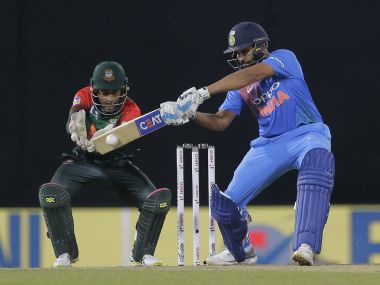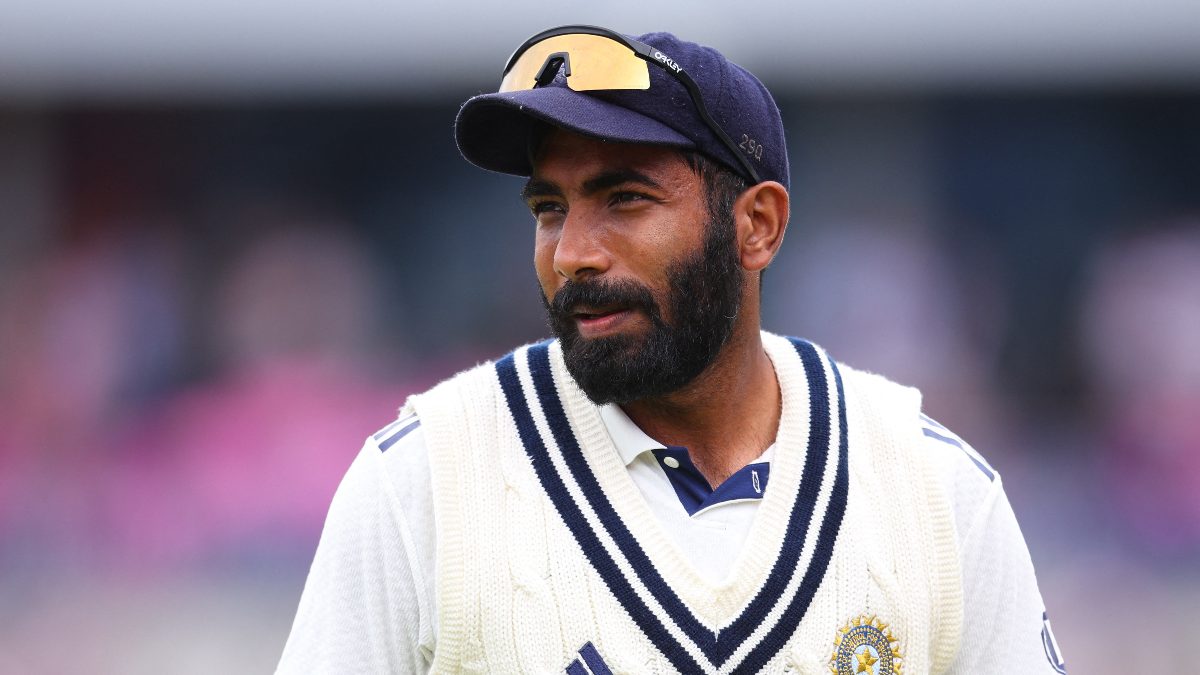Stuck in a seemingly infinite loop of failures, Rohit Sharma resorted to his ODI template to lift himself up from the abyss and contribute to India’s surge to the finals of the Nidahas Trophy. The Mumbaikar was the first of two openers to be dismissed in 10 out of the last 11 limited-overs games India had played since the start of the ODIs in South Africa and needed a big innings to get going. Rohit’s ODI mantra is pretty much out there for everybody to see — he starts off sedately, builds up momentum as the innings goes on, and then goes bonkers in the final few overs. While it seems like a fairly easy template to follow, it was Rohit’s consistent execution that transformed him from a wonderkid to the pillar of India’s ODI batting. However, in the past couple of T20I series, he seemed to be in a hurry to kick off an innings. Take a look back at his last few matches in the shortest format and you get a clearer idea of why Rohit was failing to hit a purple patch. [caption id=“attachment_4391073” align=“alignleft” width=“380”] India’s Rohit Sharma plays a shot against Bangladesh during their second T20I in the Nidahas Trophy. AP[/caption] South African series In the first T20I, Rohit began in style, taking on Dane Paterson, the South African seamer, for 18 runs in the very first over of the innings. The Mumbai Indians captain tonked a six off the second ball of the match and ended the over with another six and a four. However, the innings didn’t last long as he looked to upper-cut Junior Dala to edge behind to the keeper. He was dismissed for a golden duck in the second T20I with Dala exposing his weakness of playing across the stumps with his head falling over. In the series decider, Rohit once again went after the bowling early on, taking on Chris Morris for 13 (11 by him) in the opening over. He smacked a couple of fours, and in spite of that, he appeared careless and hustled. Soon enough, Dala, for the third time in the series, dismissed him, trapping him again in front of the stumps. Nidahas Trophy thus far Despite failing blatantly, Rohit stuck to his method of starting off with a bang in the initial half of the ongoing Nidahas Trophy. He was dismissed for a duck in the first match of the tri-series, against Sri Lanka, when he looked to play a lofted drive in the fourth ball of the innings — something you barely see him doing in an ODI. Against Bangladesh, a day later, the Indian stand-in captain once again got off to a flier, smashing three fours in the first two overs but failed to carry on as he chopped Mustafizur Rahman onto the stumps in the fourth over. There was absolutely no change to his approach in the next match against Sri Lanka as he looked to delight and faltered soon after. Suranga Lakmal was cracked for a six and a four off the second and third ball of the match but the hosts used the leg-spinner bait to catch the skipper off guard. The opener looked to heave out of trouble by going aerial over mid-wicket but mistimed a catch to the fielder instead. The much-needed switch in approach The frequency of his failures perhaps forced Rohit to revert to his tried and tested formula of building an innings early on. There was an evident change to his approach at Colombo on Wednesday as he recognised the sluggish nature of the surface and focused on staying at the wicket. The extravagant shots were cut out as the Mumbaikar scored just eight in his first 13 balls. His first boundary came in the fifth over, after he had a real good grasp of the surface. Despite the slow start, Rohit had scored more than Shikhar Dhawan by the end of the powerplay at more than run a ball. He was slowly, yet steadily, coming into his own. One could sense that he had recognised the need to go back to playing the patience game. He found an able ally in Suresh Raina, but more importantly, Rohit stuck to his gameplan despite his partner scoring at a quicker rate. One reason why the method works so well for Rohit is due to his ability to switch gears seamlessly. Most batsmen put pressure on themselves after a slow start and although they are fairly settled down at the crease throw it away with a needless shot. The insanely talented Rohit, though, understands that he has a wide array of flamboyant shots to play the catch up game. At Colombo, his first 33 runs came in 32 balls but by the end of the innings he had raced to 89 in 61 balls, his last 56 runs coming off 31 balls. In fact, his rate of scoring in the final six overs of a T20I innings is the second-best by an Indian, which once again lends credibility to his template of waiting for the right moment to attack.
Since 2006, the highest run-rate by an Indian batsman in the final six overs of T20I cricket belongs to KL Rahul - 12.97.
— The CricViz Analyst (@cricvizanalyst) March 14, 2018
Rohit Sharma's 10.39 is the second-best.#IndvBan #NidahasTrophy
After a series of failures, Rohit has managed to overcome his poor form with a simple and obvious shift to a formula that has worked wonders for him in another format. Sans the hurry-burry, the opener is a delightful artist at work who switches into a monstrous power-hitter at the death and takes the game away from the opposition in no time. The Man of the Match winning effort at Colombo yet again underlines the fact that his thrifty template is a fool-proof one across limited-over formats.


)

)
)
)
)
)
)
)
)



